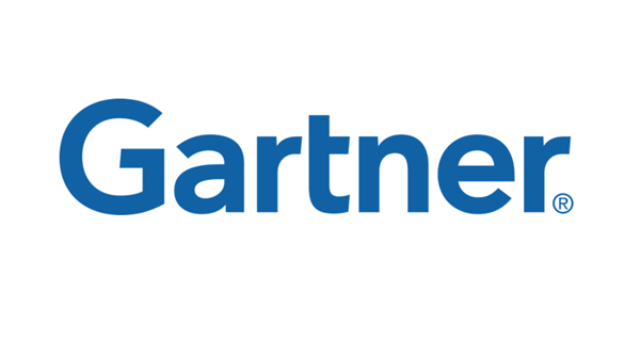Many industries have already been disrupted and redefined by digitalization. As the digital revolution progresses, it will create an even greater need for new information management roles as business units rush to harness the digital opportunities of big data. Gartner, Inc. said that chief information officers (CIOs) and chief data officers (CDOs) should take the lead in anticipating and capitalizing on digital remastery.
Data has become vital to business growth and yet so complex that good outcomes are unlikely without executive focus. While many business units, such as R&D and marketing, are rushing to exploit data-based digital opportunities, others, such as legal and HR, are rightly concerned about ensuring compliance with regulations and protecting their company’s information assets and reputation. The IT organization, led by the CIO, must play a role in both enabling digital business and ensuring security and compliance.
The job of the modern CIO, however, is increasingly overloaded with additional responsibilities relating to, for example, digital innovation, change management programs and transformation. Therefore, CDOs will be ever more critical to the effective management and control of data. Gartner predicts that 25 percent of organizations will have a CDO by 2017, with that figure rising to 50 percent in heavily regulated industries such as banking and insurance. Gartner’s 2014 CEO survey (410 CEOs and senior business executives) found that 20 percent of large organizations’ CEOs have already involved a data officer in leading their organization’s digital innovation.
Digital leadership is not a replacement or substitute for IT leadership, however: it is an adaptation of business leadership to a digital context. “CIOs do not own the CDO’s responsibilities. CIOs and CDOs should have distinct and separate roles in the digital era, and they will need different skills and capabilities.” said Debra Logan, vice president and Gartner Fellow.
A CDO needs, among other things, a background that includes legal and compliance or risk management responsibilities, an understanding of “data as an asset,” a solid background in the industry they work in, and knowledge of the tools and techniques of data modeling.
Gartner estimates that poor quality of data costs an average organization $13.5 million per year, and yet data governance problems — which all organizations suffer from — are worsening. There are several reasons for this: data is not managed as an asset that crosses organizational boundaries, with the result that one group’s optimized data is another’s unusable data. Few organizations use a consistent, common language for understanding business information and the semantics around it; instead, they generally maintain divergent and often conflicting definitions of the same data.
The CDO can address these challenges in several ways. He or she can manage data as part of business operations. Data management is on the same level, organizationally, as financial management and technology management — and just as important. “The CDO is a peer of the CIO, but practises a different discipline,” said Ms. Logan. “The CDO also becomes an advocate of information, not just a governor of it. Increasingly, successful information governance is about advocating the use of information as a source of value, not just controlling and monitoring it.”












